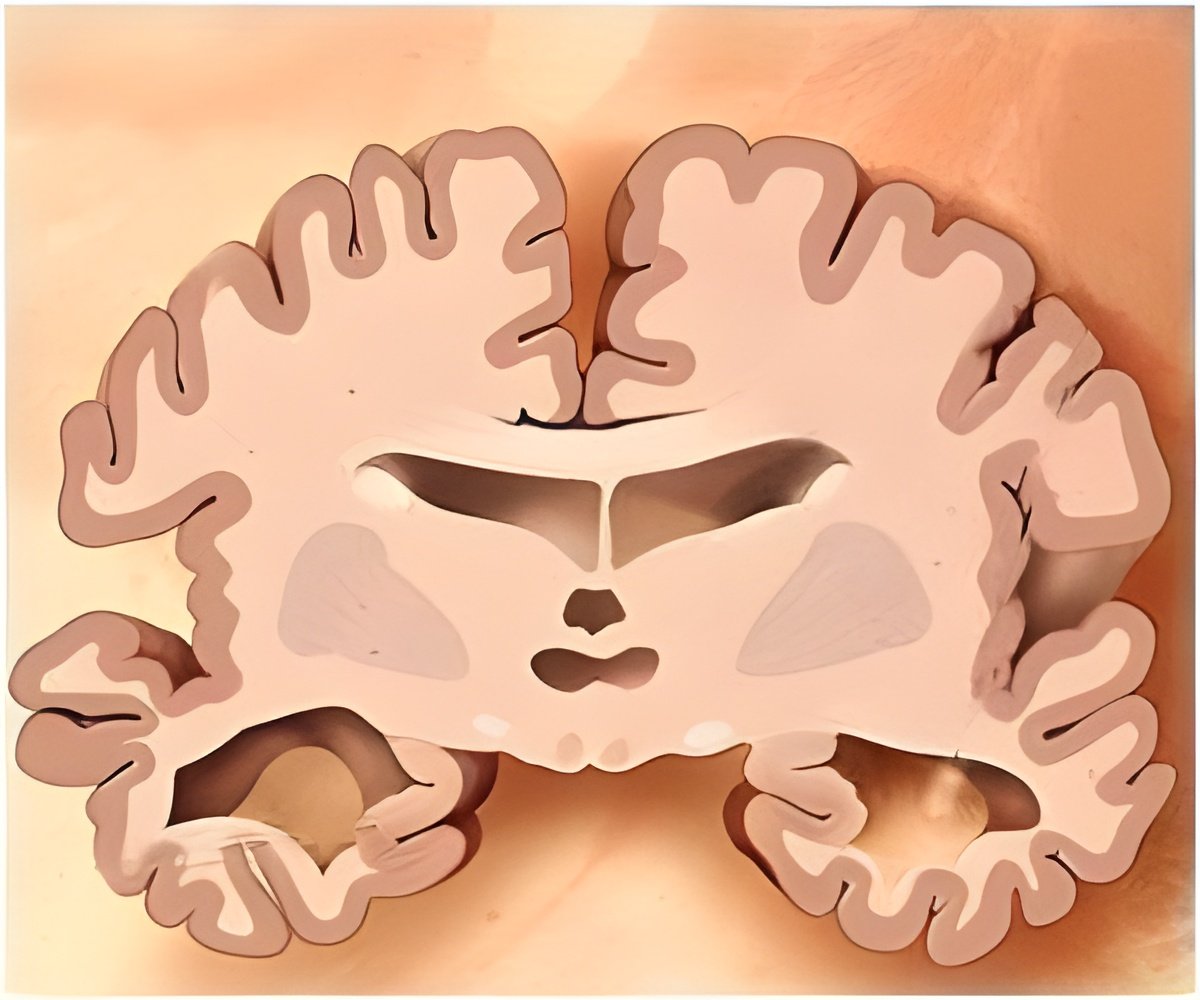
"Our goal was to find genes that lead the charge and direct many other genes towards Alzheimer's disease," says senior study author Valur Emilsson of the Icelandic Heart Association. "This findings presents a comprehensive network-based framework to test models of disease mechanism and also offer novel insights for drug discovery programs that can affect neurodegenerative diseases."
Alzheimer's disease is an irreversible brain disease that slowly destroys memory and thinking skills. Symptoms usually appear after age 60, and as the population grows older, the incidence of Alzheimer's is expected to increase dramatically. Yet very little is known about the molecular causes of this complex disease, in part because scientists have relied on animal models that do not replicate cognitive deficits and brain damage in humans.
To gain new insights into the molecular underpinnings of Alzheimer's, Emilsson and his team analyzed 1,647 brain tissue samples from deceased individuals who either had Alzheimer's or were healthy. By measuring the activity levels of thousands of genes in these tissues, they determined which molecular networks are disrupted in diseased brains. Their computational analysis revealed the important role of a gene expressed in microglia—immune cells that clean up debris and destroy pathogens in the brain. They found that this gene—TYROBP—is overactive in the diseased brain, and it plays a key causal role in disrupting the activity of many other genes that control microglia activation.
"Our study shows that it makes sense to study disease as it actually occurs in the brains of human patients," Emilsson says. "We anticipate that our approach will enhance the transferability of basic biological discovery into meaningful medical progress."
Advertisement















